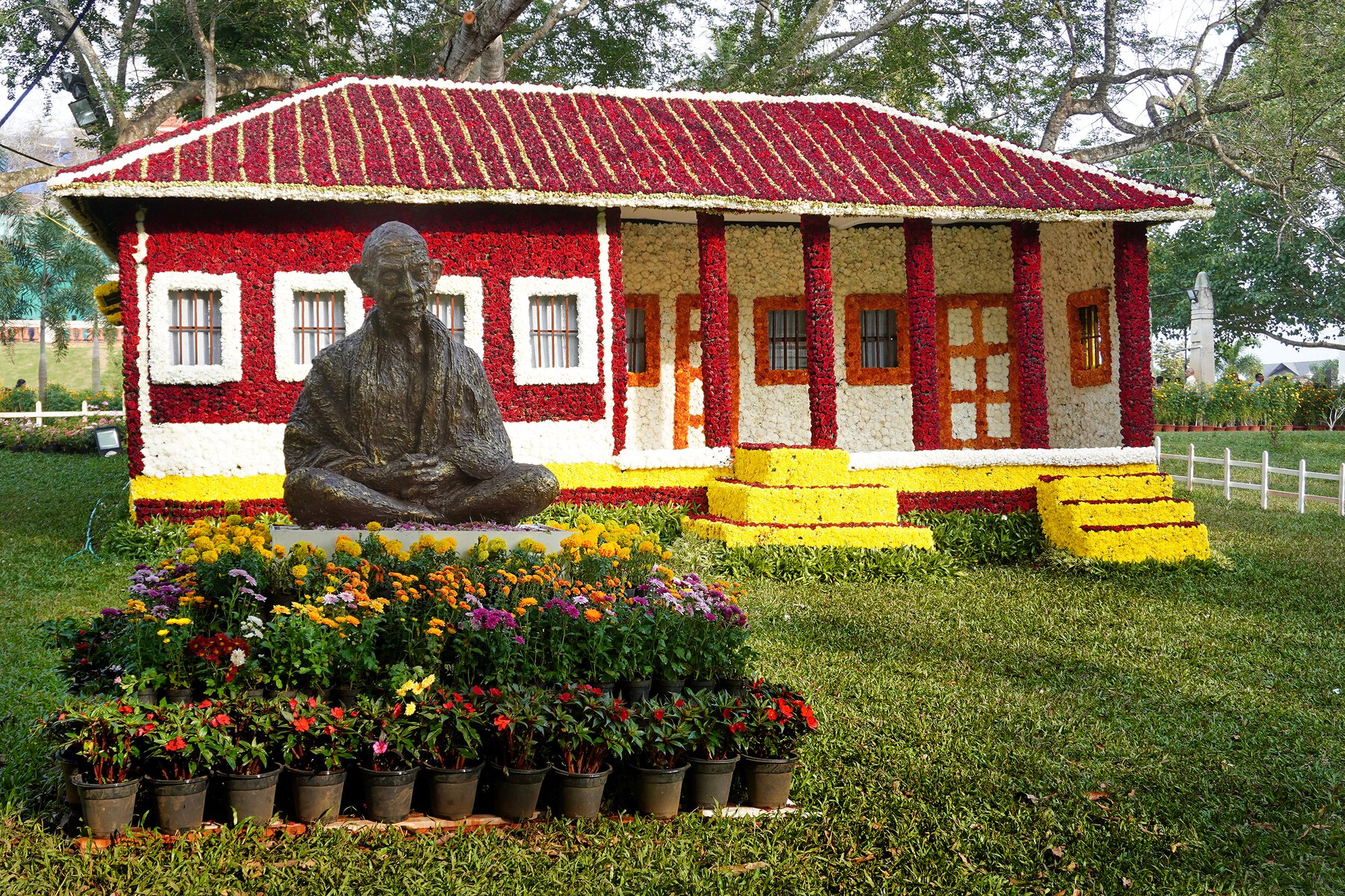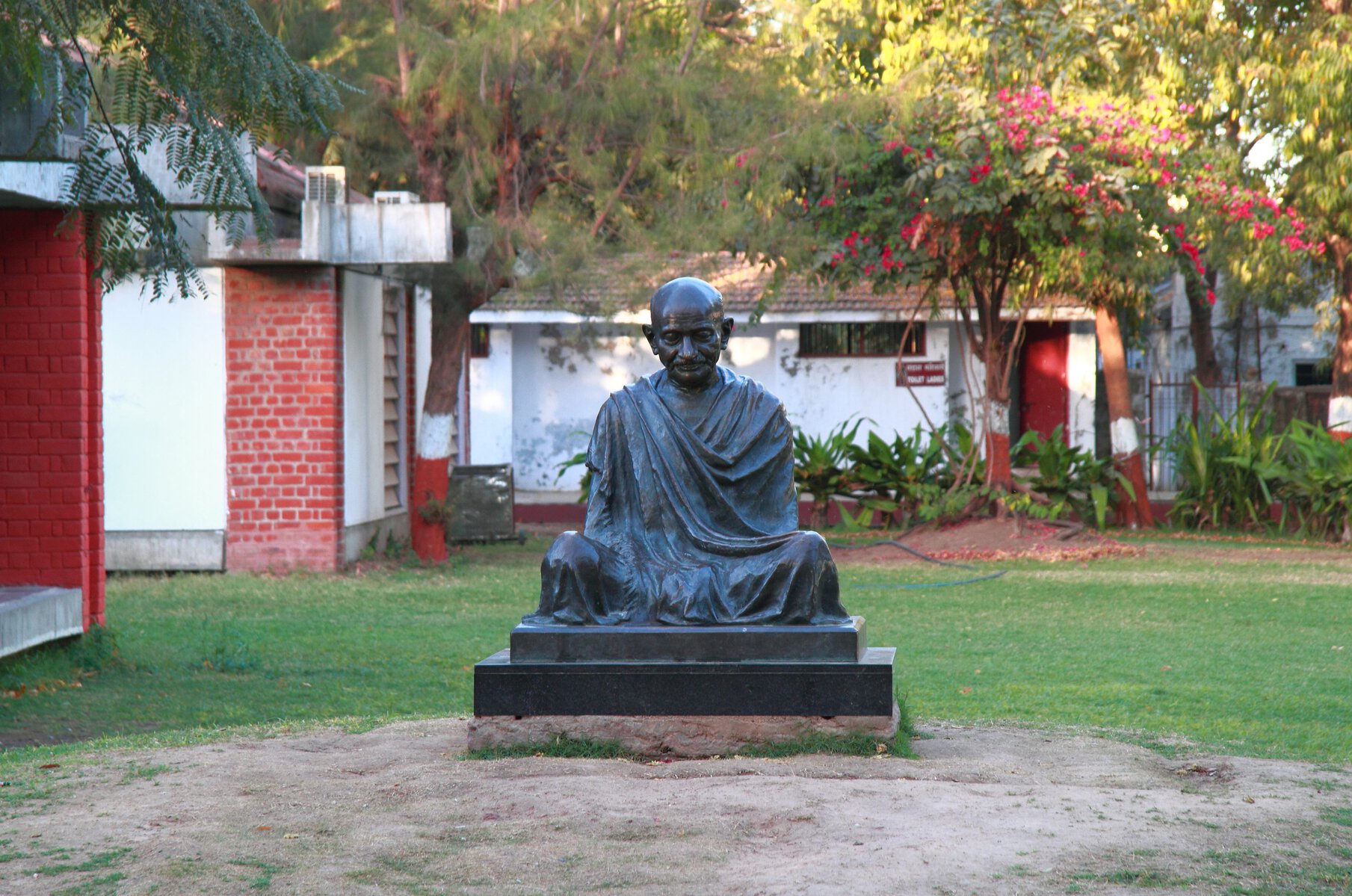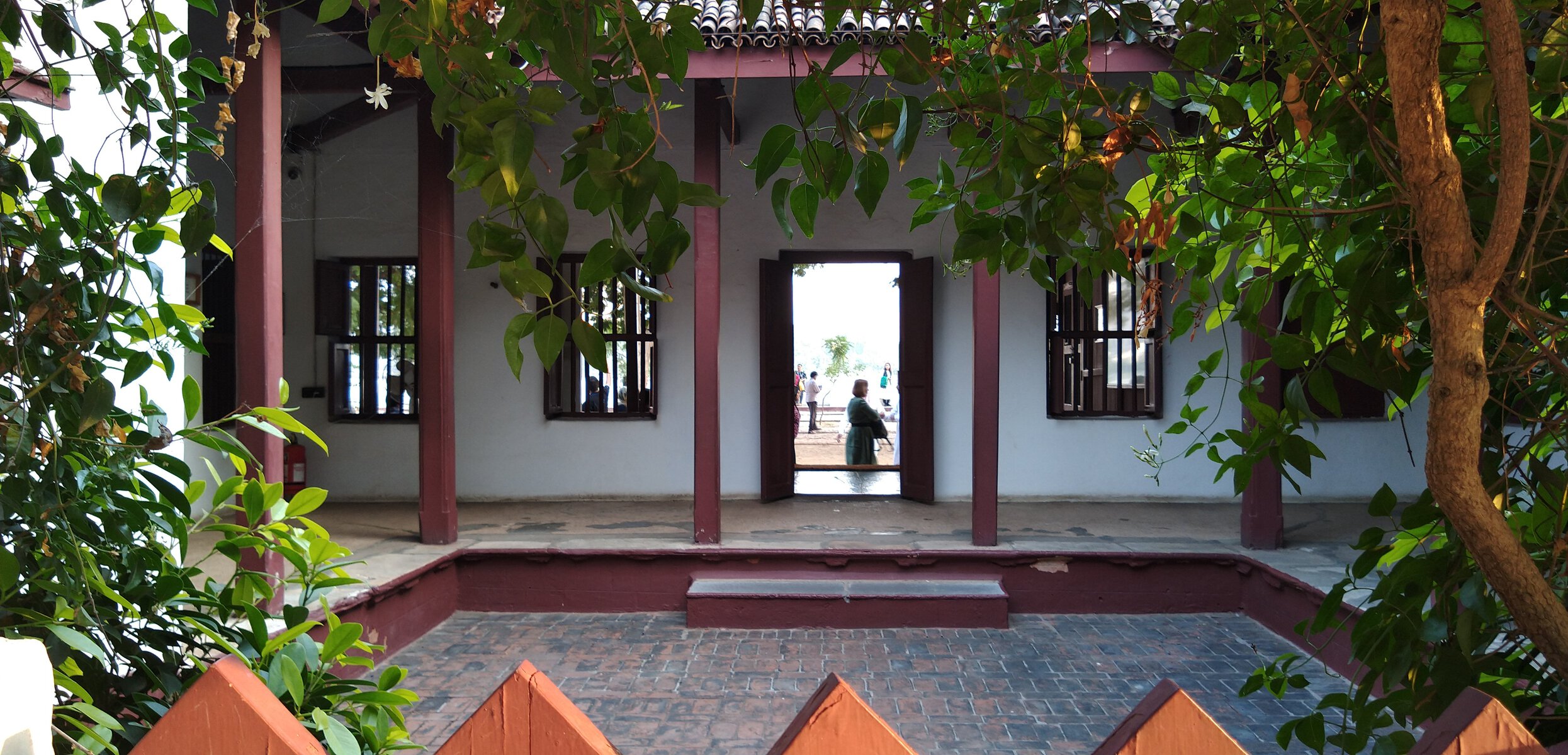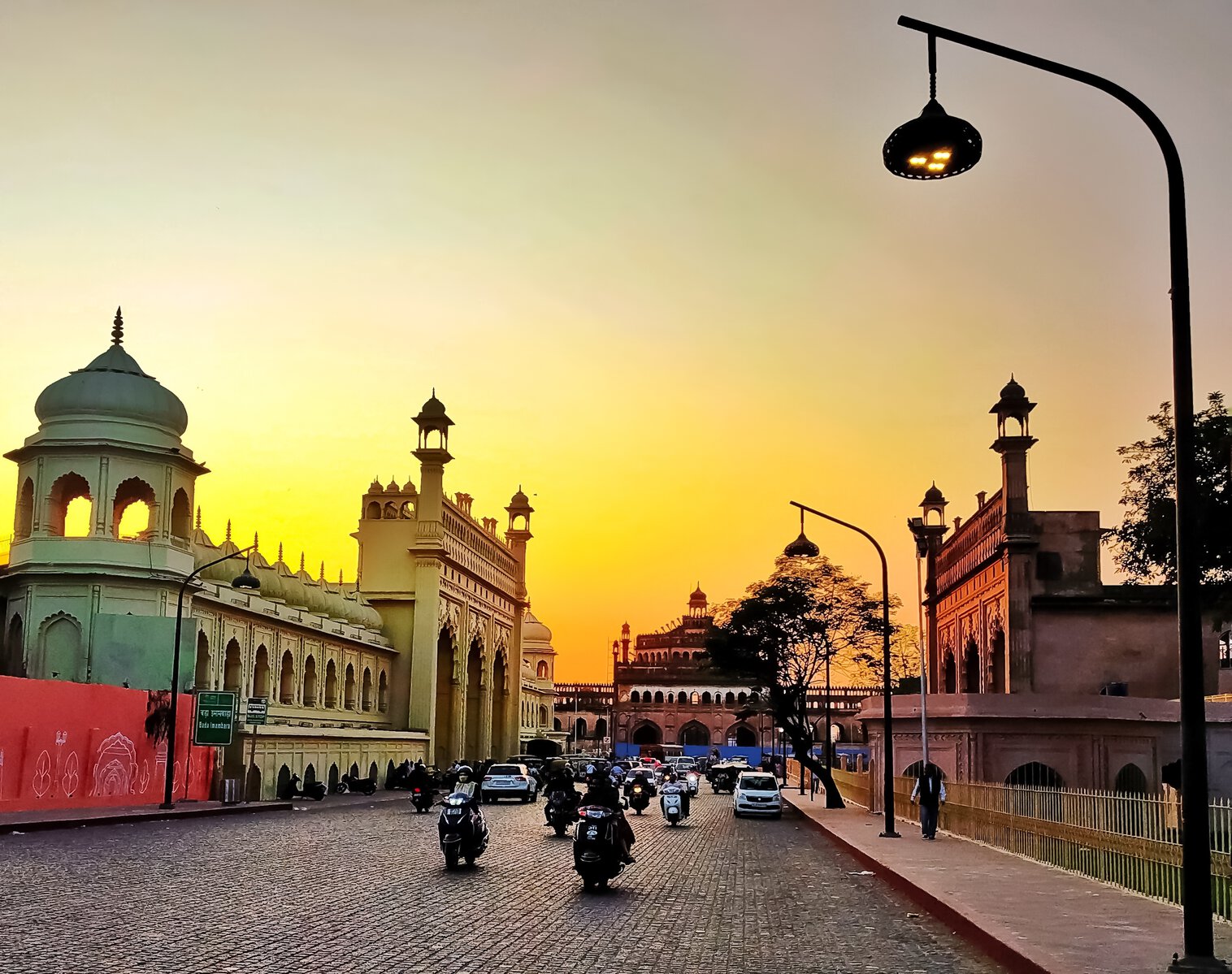May 03, 2024
All You Need To Know About Sabarmati Ashram
CM Content Team
Sabarmati Ashram, a historic site, is located on the banks of the serene Sabarmati River in Ahmedabad, Gujarat, and is significant in India's battle for independence. The ashram, founded by Mahatma Gandhi in 1915, served as a nexus for his experiments with truth, nonviolence, and self-sufficiency. As we deep dive into this topic, let’s look at the fascinating facts of Sabarmati Ashram, including its history, facts, timings, how to get there, and more. Join in to discover the essence of this famous place, its significance in Gandhi's life, and the lasting legacy it continues to provide to people from all over the world.

Sabarmati Ashram, formerly Gandhi Ashram, was founded by Mahatma Gandhi on May 25, 1915, in Ahmedabad, Gujarat. Originally located at barrister Jivanlal Desai's bungalow in the Kochrab region, the ashram was eventually relocated to the calm banks of the Sabarmati River in June 1917. Gandhi went on a mission of self-sufficiency, focusing on manual labour, agriculture, and education. The ashram was the core of India's freedom struggle, hosting significant events such as the Dandi March of 1930. Today, Sabarmati Ashram exemplifies Gandhi's ideas of truth, nonviolence, and community peace.

Sabarmati Ashram, originally known as Gandhi Ashram, was founded by Mahatma Gandhi on May 25, 1915, in the Kochrab region of Ahmedabad, Gujarat, at attorney Jivanlal Desai's bungalow following his return from South Africa.
In order to encourage self-sufficiency and simplicity, Gandhi relocated the ashram to the banks of the Sabarmati River in June 1917. There, he concentrated on farming, animal husbandry, and Khadi-related activities.
Gandhi wanted to encourage self-sufficiency through manual work, agriculture, and reading. The ashram also functioned as a school, teaching Gandhi's ideas of truth and nonviolence.
The Sabarmati Ashram aimed to encourage truth-seeking and build a nonviolent society, embracing Gandhi's values of Satyagraha (civil disobedience) and freedom struggle.
Originally known as Satyagraha Ashram, it was eventually renamed Sabarmati Ashram following its relocation. It was also known as Harijan Ashram because of Gandhi's attempts to abolish untouchability.
Sabarmati Ashram, located on the grounds of Dadhichi Rishi's ashram, is historically and mythologically significant, representing sacrifice and spiritual perseverance.
Gandhi began writing his autobiography, "The Story of My Experiments with Truth," in Sabarmati Ashram in the 1920s, immortalising his thoughts and experiences.
This museum within the ashram was inaugurated in 1963 and includes enormous archives of Gandhi's writings, photographs, and films, preserving his legacy for future generations.
The historic Dandi March began on March 12, 1930, at Sabarmati Ashram to protest the British Salt Law. It fuelled India's independence movement and became a symbol of resistance.
Gandhi promised to return to the ashram only once India earned freedom. Although the country gained independence in 1947, Gandhi was assassinated in 1948, preventing his return.

Sabarmati Ashram Hours
The Sabarmati Ashram is open to tourists from 8:30 am until 6:30 pm every day. However, it is always a good idea to double-check the Sabarmati Ashram hours before organising your visit, as they may vary due to special events or holidays.
How to reach Sabarmati Ashram?

To reach Sabarmati Ashram by road, first check a distance to determine the best route from your location. The ashram is located in Ahmedabad, which is accessible by car or bus and Gujarat has excellent roadways that connect Ahmedabad to other cities and towns. There are both state-run and private buses available, making it easier to commute between Gujarat's smaller towns. When you arrive in Ahmedabad, you can use local transport or drive to the Sabarmati Ashram, the city's most famous attraction.

To get to the ashram by train, use the Western Railway network's Ahmedabad station. It is located in the Kalupur district and is an important halt on the national railway network. This station connects key towns across India, making it an accessible choice for visitors to Ahmedabad's ashram.

To reach Sabarmati Ashram by air, fly into Ahmedabad's Sardar Vallabhbhai Patel Airport. This airport connects Gujarat to major Indian cities as well as many countries.
Where to stay?
Stay at Club Mahindra Kensville Golf Resort for a luxury stay in Ahmedabad. It is only a one-hour, ten-minute drive from Sabarmati Ashram and offers breathtaking views of beautiful lawns and greenery. Enjoy exquisite meals, golf, and swimming in the pool. Luxurious rooms with attractive furnishings, private balconies, and all conveniences for a relaxing stay.
Sabarmati Ashram is a testimony to Mahatma Gandhi's ongoing legacy and his values of truth, nonviolence, and self-reliance. Visiting the ashram provides a remarkable experience in which visitors can immerse themselves in Gandhi's life and teachings. The ashram, from Gandhi's simple living quarters to the symbolic spinning wheel, represents his vision of a peaceful and harmonious society.
Mahindra Holidays & Resorts India Ltd. (MHRIL), a part of Leisure and Hospitality sector of the Mahindra Group, offers quality family holidays primarily through vacation ownership memberships and brings to the industry values such as reliability, trust and customer satisfaction. Started in 1996, the company's flagship brand ‘Club Mahindra’, today has over 290,000 members , who can holiday at 140+ resorts in India and abroad.